When to dig the garlic planted in the winter?
It is necessary to harvest garlic planted before winter earlier than during spring sowing. The timing of harvesting is affected by the weather characteristics of the current season and the conditions in which the vegetable was grown.
It is important to harvest the harvest on time: the garlic must ripen, but not overripe, otherwise the commercial qualities and useful properties of the vegetable will be partially lost.
Astrologers also recommend adhering to the recommendations of the lunar calendar, in this case the harvested crop will be better stored.
What determines the timing of harvesting garlic?
Winter and spring garlic differ in terms of planting. In the first case, winter sowing is carried out, planting cloves or bulbs in the garden in the fall, in the second - planting is carried out in the spring, after the snow melts. Due to the difference in planting dates, the development of culture occurs in different ways.
The Rough-legged Buzzard begins to take root in the fall, as it is planted about 3-4 weeks before the arrival of frost (about mid-October). In the spring, the vegetable begins to grow rapidly. Its development is facilitated by a large supply of melt water in the soil. After planting, spring garlic first takes root, this process takes at least 10 days, then shoots appear.
That is why the growing season of spring garlic lasts longer, the harvest can be obtained only by the end of the season. Ripening of winter garlic is much faster. Basically, it is ready for harvesting in mid-July, the latest ripening of the vegetable is the first days of August.
When to dig winter garlic in the regions?
Each region of Russia differs in its own weather conditions. In the southern climate, warmth comes in April, in the middle zone the threat of frost disappears by mid-May, in the northern regions, even in June, there can be sharp fluctuations in temperature. Accordingly, the growing season of garlic is also shifted:
- in Crimea and Krasnodar Territory, cleaning is carried out in early July;
- in the middle lane, summer residents dig garlic in the middle of the same month;
- in Siberia and the Urals, harvesting is carried out towards the end of July.
The ripening process is also influenced by the weather conditions in summer. In dry and hot weather, garlic ripens faster, prolonged rains delay the formation of heads. The harvest time also depends on the size of the teeth used for planting. Small garlic ripens 7-10 days later than large garlic.
What affects the timing of the harvest?
When harvesting garlic from a garden for storage, you should also pay attention to the characteristics of the variety. The early varieties are harvested 2 weeks earlier than the late varieties.
Those who trust astrology can compare the timing of harvesting garlic according to the Lunar calendar. You don't need to calculate anything yourself. Astrologers determine in advance favorable and unfavorable days for working in the garden and in the garden, relying on the influence of the moon. Vegetables with an edible underground part are planted and harvested in the waning phase of the night star.
Our ancestors did not have any scientific information about how many days a vegetable ripens, when it needs to be harvested to keep it well. For a long time, folk signs were the only reference point for gardeners.
Some of them were associated with weather events, others were tied to specific dates. According to popular beliefs, it was believed that it was necessary to remove garlic from the garden for storage until July 12 (Day of the Apostles Peter and Paul), otherwise the vegetable would quickly deteriorate.
In the summer, the development of arrows that draw off food should not be allowed. They are cut off or broken out when they reach a length of 12-15 cm. Previously, you do not need to remove the arrows, otherwise they will grow again. Then the bulbs will ripen faster. Some gardeners, shortly before harvesting, tie garlic leaves on a knot, believing that this will speed up the ripening of the vegetable, but not everyone supports this technique.
Signs of ripeness of garlic
About a month before the planned harvesting, the garlic bed is stopped from watering. After another 5 days, thorough loosening is carried out in order to saturate the earth with oxygen. Before you start digging out the crop, you need to make sure by the appearance of the plants that the vegetable is ripe.
You can determine the ripeness of garlic by a combination of a number of signs:
- the plants have stopped growing new leaves;
- the tops turned 2/3 yellow and lay down;
- the spiraling arrows straightened;
- the shell covering the flower stalks began to burst.
If you are not completely sure, you can dig 2-3 bulbs out of the ground and examine them. The heads must be large enough. After ripening, purple streaks appear on them. The teeth should be firm to the touch.
What happens if you overexpose garlic in the ground?
If for some reason the garlic is not removed from the garden in due time, it will become unsuitable for planting and will not be stored for a long time. In such a situation, the bulbs should be used first. Heads can be:
- marinate whole;
- start up for winter preparations;
- make garlic sauce;
- spend on salads and other dishes.
In addition, if the deadlines are violated, harvesting becomes difficult. Overexposed bulbs begin to crack in the ground, breaking into individual cloves.
How to harvest a vegetable?
In order for the harvested crop to be stored longer, harvesting must be carried out according to the rules.
When digging up garlic, experts recommend considering the following points:
- they start harvesting immediately after signs of crop maturity appear;
- it is necessary to dig out garlic in dry, clear weather;
- it is necessary to handle the pitchfork carefully, the damaged heads will not lie;
- dug out bulbs are left to dry in a garden bed or under a canopy for 10 days.
The harvested crop must not be exposed to moisture. If rain is predicted, the garlic is transferred to a ventilated barn. Even from loose soil, it is better not to pull the plants out with your hands, otherwise the integrity of the heads may be violated. You need to handle the harvest in 1 day so that all the bulbs dry out in the same period of time.
You should not tear off the adhering particles of earth with your hands, after the garlic dries, the soil itself will crumble.
Dried leaves and roots are cut off after drying, if you plan to store garlic in braids, leave the tops. Before storage, vegetables are sorted out, removing heads with signs of damage or deterioration.
Sorting by size is carried out at the same time. Since small bulbs are less well stored, they are eaten first. Separately set aside the heads that will be used for autumn planting, if necessary. The cut tops can be burned, the resulting ash will be an excellent fertilizer.
Crop storage conditions
Storing garlic correctly is not difficult. It must first be prepared: at the sorted heads, the places of the tops and roots cuts are sealed with molten paraffin, the exfoliated husk is removed. Boxes, bags, glass jars can be used as storage containers. The bulbs are laid out in layers in layers, sprinkling them with river sand, sawdust, ash.
If there is not enough storage space, you can braid the garlic and hang it. In this version, it will not take up extra space.
You can also hang vegetables in nylon nets, which are purchased in shops for gardeners. It is more profitable to buy nets by the footage.Subsequently, they are cut into sleeves, 50 cm long, tied from the bottom into a knot and stuffed with garlic bulbs.
It is best to place the container with garlic in the basement, where the temperature does not rise above 3-5 ° C, and the humidity parameter is maintained in the range of 50-70%. This option is called cold storage. If this is not possible, you will have to preserve the harvest at home (at a temperature no higher than 20 ° C and humidity up to 90%). You can save the garlic by sprinkling the heads with dry salt or onion peels.
Some take the bulbs into cloves and store them in jars of flour or vegetable oil. Small crops can be stored in the refrigerator in the vegetable compartment. Winter garlic is unlikely to last until the next harvest, but it is quite possible to keep it until the end of winter. The stored crop must be sorted out and garlic with signs of rot or mold must be removed so that it does not infect neighboring bulbs.
Winter garlic has large bulbs. In order for the crop to be well preserved, it is necessary to provide the crop with suitable growing conditions and harvest at the right time. Garlic is not planted in areas where water stagnates, the soil should not contain excess nitrogen fertilizers. It is necessary to dig out the bulbs as soon as external signs of plant maturity appear. The storage itself must take place at certain temperature and humidity parameters.
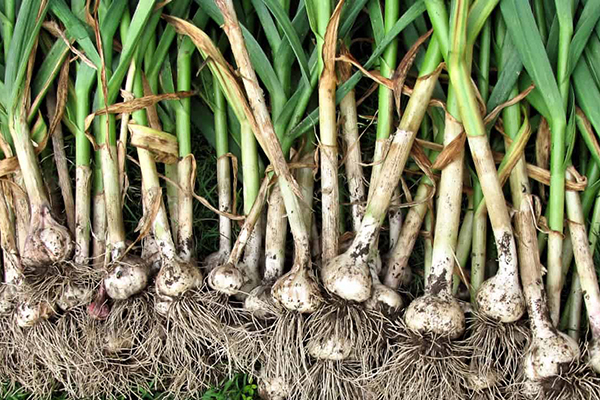
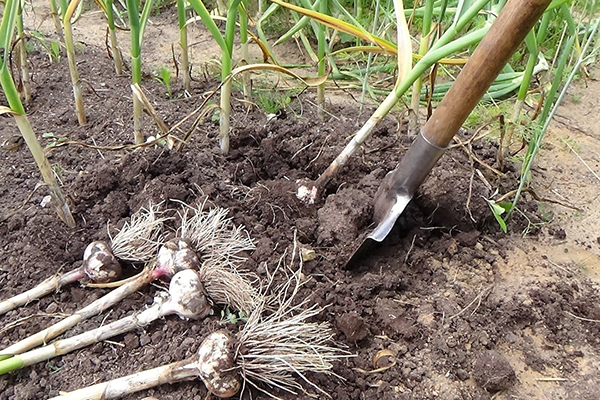
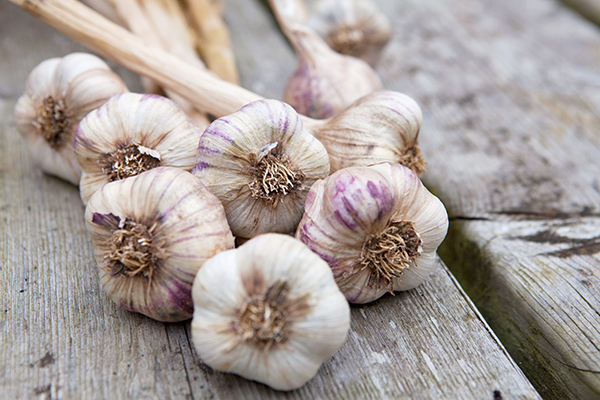
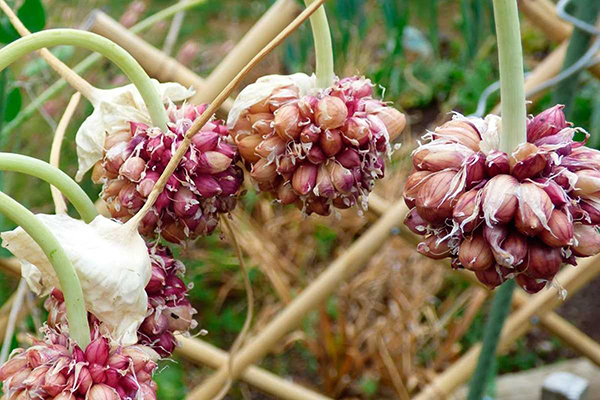
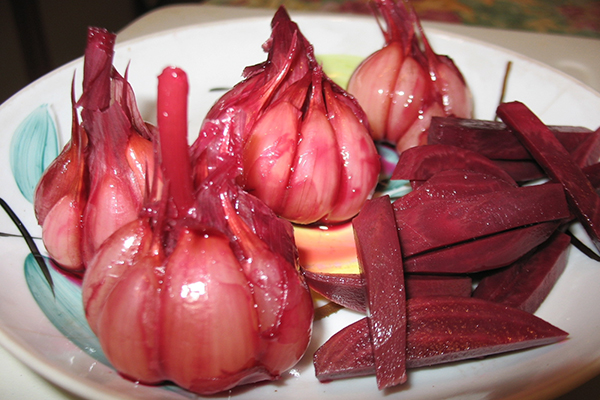
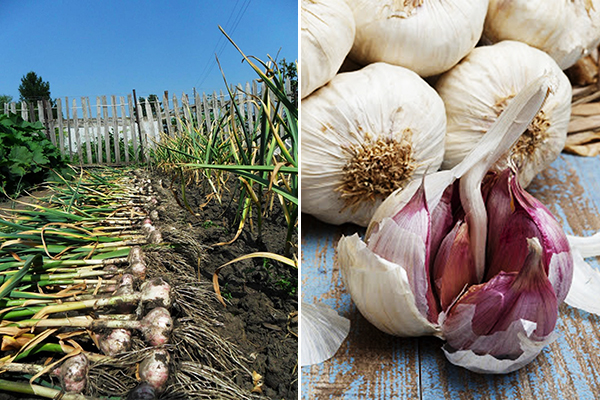
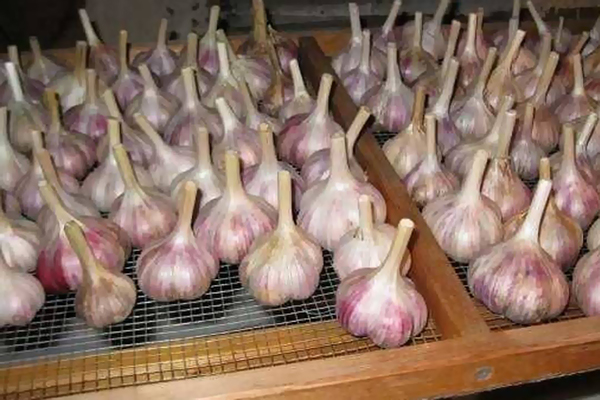
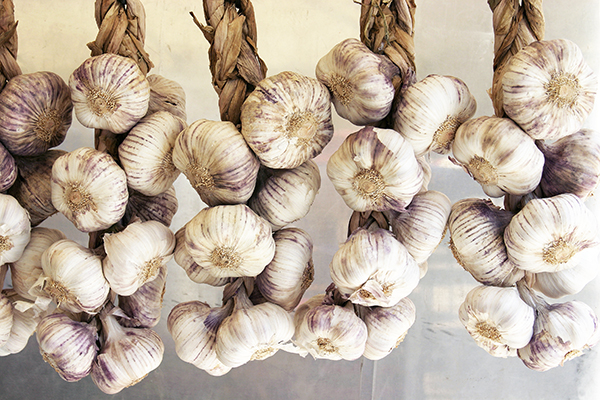
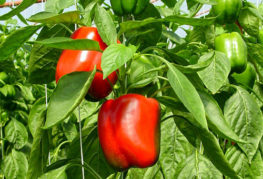
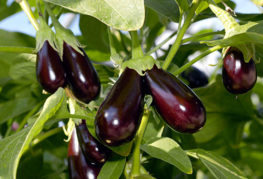
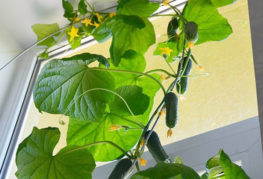
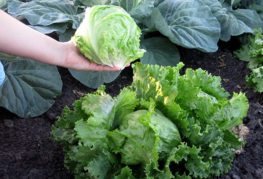
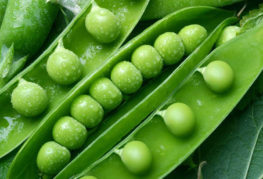
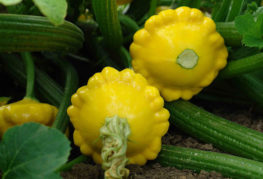
and will be published shortly.